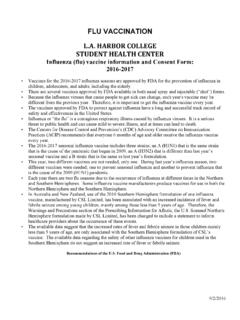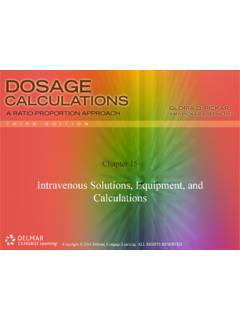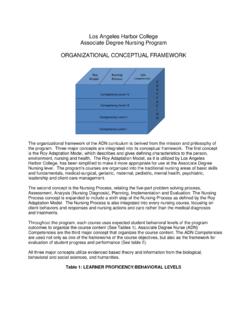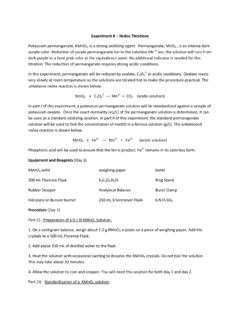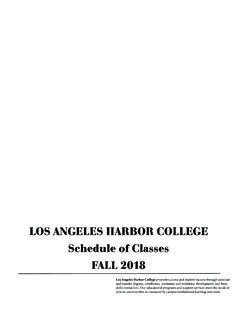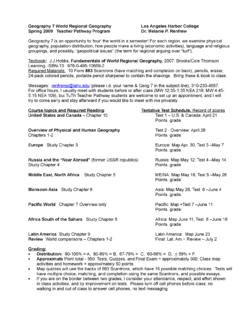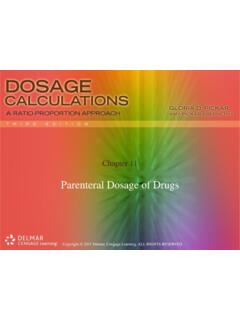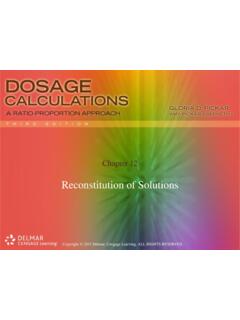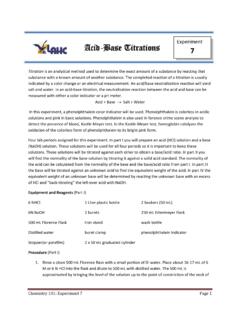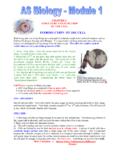Transcription of Biology 3 Ch 3 Cell Structure and Function
1 1 Biology 3Ch 3 Cell Structure and FunctionDr. Terence LeeCells Robert Hooke, a British scientist, mid-1600s Cell Theory Cell= The smallest structural unit of an organism that is capable of independent functioning 2 Cell Diversity Plant cells Cell walls Both mitochondria and chloroplastsCell Diversity Animal CellsMajor Cell Types Prokaryotic cells Bacteria No Nucleus Lacks many other organelles Much smaller than Eukaryotic cells Eukaryotic Cells3 Eukaryotic cells have organelles4 Cell Membrane Every cell of every living organism is enclosed by a plasma membrane, Plasma Membrane Also called cell membraneThere are two types of passive transport:1. Diffusion2. Passive transport is the spontaneous diffusion of molecules across a and Concentration Gradients Solutes SolventsDiffusion Net movement of a molecule from a place where the molecule is in high concentration to a place where that molecule is less Concentration gradient Difference in the concentration of molecules over a distance.
2 Net movement of molecules6 Osmosis Net movement of waterthrough a semi-permeable membrane. Water moves from high water concentration to low water concentration. High water concentration = low solute (salt) concentration7 OsmosisWhich direction will the water flow (net)?Is side A hypertonic, hypotonic, or isotonic to side B?Water + 10% NaClWater only?ABOsmosisWhich direction will the water flow (net)?Is side A hypertonic, hypotonic, or isotonic to side B?Water + 50% NaClWater + 60% NaCl?AB8 Mediated Transport Active Transport Requires energy (ATP) Molecules are moved against their concentration of Large Particles Endocytosis transports large particles into the cell by wrapping parts of the plasma membrane around types of Endocytosis9 Major Cell TypesOrganelle= Nucleus: the cell s genetic control center.
3 The nucleus is the largest and most prominent organelle in most eukaryotic cells . The nucleus has two primary Cytoplasm and cytoskeleton:Cilia and Flagella Flagella are larger and usually found Endoplasmic reticulum: where cells build proteins and disarm toxinsEndoplasmic Reticulum1. Also known as the ER2. Folded tubes and membranes throughout the Golgi apparatus: Where the cell processes products for delivery throughout the The cell wall provides additional protection and support for plant Vacuoles: multipurpose storage sacs for cellsVesicles and Vacuoles Vacuoles Energy Converters Mitochondria Contains enzymes for aerobic cellular respiration Chloroplasts14 Endosymbiosis Mitochondria may have existed as separate single-celled, bacteria-like organisms billions of years ago.
